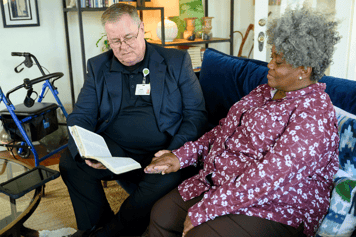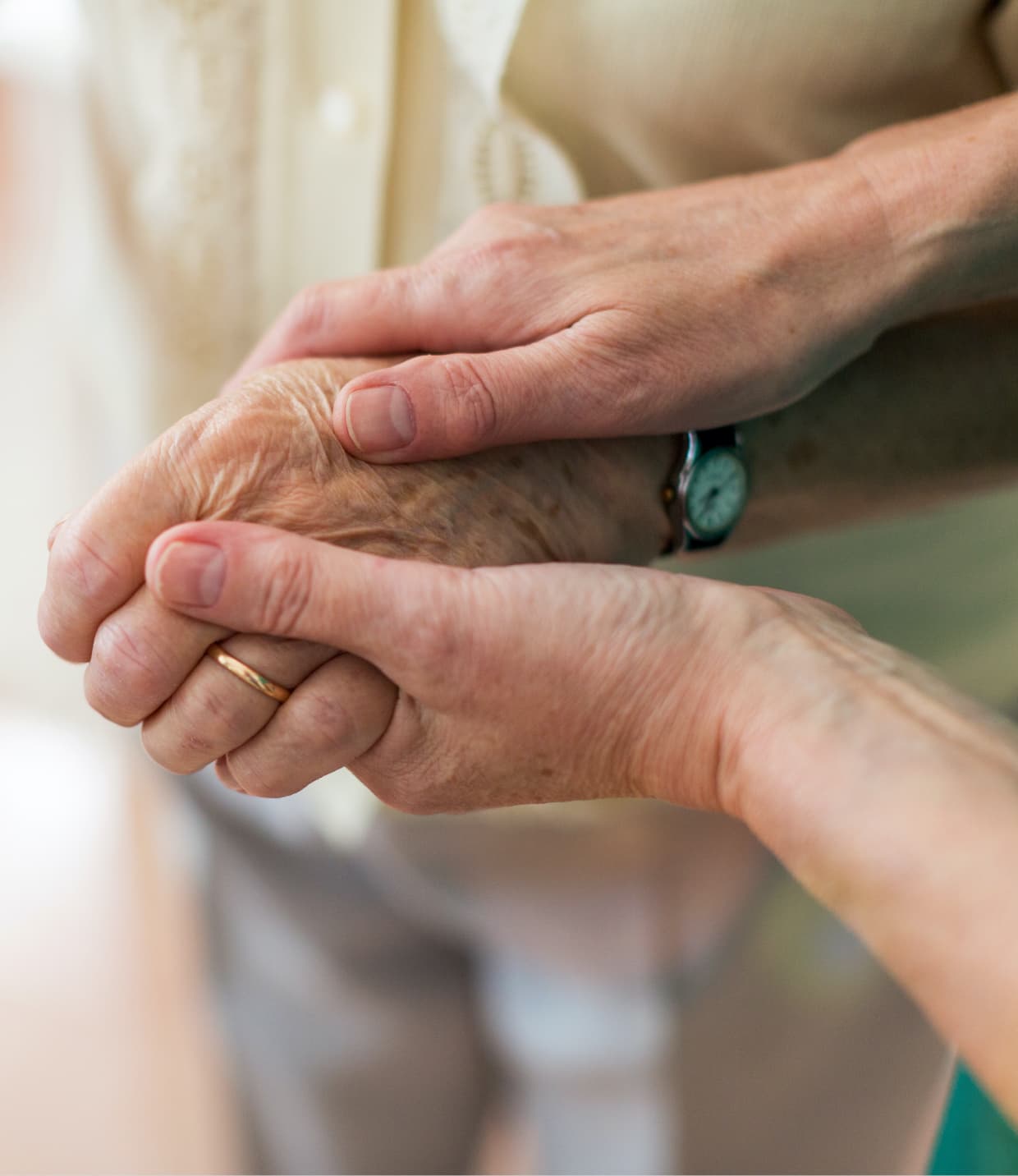In a world where misconceptions often distort the realities of end-of-life care, former President Jimmy Carter stands as a beacon of truth, dispelling myths and illuminating the compassionate spirit of hospice care. Renowned for his political legacy as the 39th President of the United States and for his unwavering advocacy for human rights, he has become a powerful voice in reshaping perceptions surrounding hospice and revealing the transformative power of hospice care.
In early 2023, former President Carter, who was 98 years old at the time, opted to receive hospice care in his home in Plains, Georgia after a prolonged illness. In a statement, President Carter “decided to spend his remaining time at home with his family and receive hospice care instead of additional medical intervention.” With this decision, President Carter and his family are providing a personal testimony that is changing the way people think about hospice.
[action 1]
It’s been more than one year since the Carter family announced that he was entering hospice care at home. In contrast, his wife, Rosalynn Carter, died in November, about six months after the Carter family disclosed her dementia diagnosis. She lived only a few days under hospice supervision and passed with her husband and family at her bedside.
In both cases, the Carter family has been transparent about the realities of aging, illness and death. Their hospice experience clarifies misconceptions that hospice hastens death and encourages individuals to consider it as part of end-of-life planning.
Hospice care can extend beyond six months
Hospice is defined as supportive care that focuses on comfort and quality of life for patients with a terminal illness and a life expectancy of six months or less. However, hospice patients are not automatically discharged if they receive six months of care. If the patient lives longer than six months and still qualifies for hospice, their doctor can re-certify them to stay on hospice.
Electing to enter hospice sooner rather than later ensures that symptoms are better managed, pain and psychological suffering may be minimized and patients can enjoy the comforts of wherever they prefer to call home. The earlier hospice care is provided, the more time families have to focus on quality of life and the importance of relationships.
Defying Expectations: How Hospice Cares for Patients
Many assume that choosing hospice means someone is giving up and won't be alive for much longer. But to the contrary, hospice care is not necessarily only for people who have just a few days to live. As in former President Carter’s case, he has had more than a year to spend time with the people that matter most to him, including his wife, children, grandchildren and friends.
There are several ways in which hospice care can indirectly contribute to extending a patient's life expectancy at the end of life, dispelling the myth that hospice contributes to an earlier death.
Pain and symptom management
By effectively managing pain and other distressing symptoms, hospice care can improve a patient's overall comfort and well-being. Alleviating this suffering may indirectly contribute to a patient's ability to maintain strength and function.
Psychological and emotional support
Hospice provides comprehensive support not only to patients but also to their families, addressing their emotional, spiritual, and psychological needs. The reduction of stress, anxiety, and depression through supportive interventions may positively impact a patient's overall health.
Holistic approach to care
Hospice care takes a holistic approach, considering the physical, emotional, social, and spiritual aspects of a patient's well-being with a full, interdisciplinary care team. By addressing these multifaceted needs, hospice care can enhance a patient's overall quality of life, potentially leading to better outcomes.
Supportive care environment
Hospice care typically takes place in a comfortable and supportive environment. In former President Carter’s case, this is at his home. This environment fosters a sense of security, familiarity and peace, which can contribute to a patient's overall well-being.
Focus on advance care planning
Hospice care encourages open communication and advance care planning discussions, allowing patients to express their preferences for end-of-life care. By ensuring that patients receive care consistent with their values and goals, hospice may help avoid unwanted medical interventions that could potentially diminish quality of life.
A Compassionate Choice for Giving Priority to Relationships and Comfort
One thing is clear – former President Carter and First Lady Roselynn Carter wanted to be together in life and in death. Married for 77 years, the Carters tapped into the hospice benefit of receiving care in their home, surrounded by family and friends, making the most of their time together.
Hospice caregivers can help families find the support that they need to manage the emotional and psychological aspects of a loved one’s declining health. In addition, bereavement services activities provide meaningful, anticipatory grief support to hospice patients and their loved ones prior to the patient’s death and for 13 months following the death of the patient. Bereavement activities range from phone calls, individual support, memorial services, commemorative activities, holiday grief support, online and in-person support groups and more.
Carter's Legacy in Normalizing End-of-Life Conversations
Many of us take time to plan. We plan for our short-term needs like daily work schedules and dinner menus. We make long-term plans for vacations, children’s college fund and retirement. The one thing we often do not plan for, is the one of the few assurances in life. Our time on earth will end.
With the Carter family’s transparency with hospice and end-of-life decisions, they express hope that the attention spurs more Americans to seek out services intended to help patients and families in the latter stages of life.
Planning for end-of-life answers important questions:
- Where do you want to be in your final days and months – at home, in a hospital, in a hospice facility?
- Who did you want with you?
- What kind of medical treatment did you want to keep you comfortable?
Based on what we have witnessed of President Carter's life, we can be confident that he would say it has been a good life, full of joys and sorrows, success and failure. By choosing hospice, President Carter has also chosen a good death, one that aligns with his wishes and values.
For most of us, a good death doesn’t just happen. Like anything worth doing, it takes planning.
Throughout his life, President Carter has exemplified integrity, compassion and resilience. He has dedicated his life to serving others.
President Carter continues to serve during his last days by demystifying the end-of-life process and fostering important conversations about dignity, acceptance and the importance of cherishing each moment.
If you and your family are considering end-of-life care options, we encourage you to learn more about hospice care with the following resources:
Kelly McCall is the Senior Director of Communications for Hospice.
*Photo credit: Karl Schumacher, 1977 - Library of Congress





